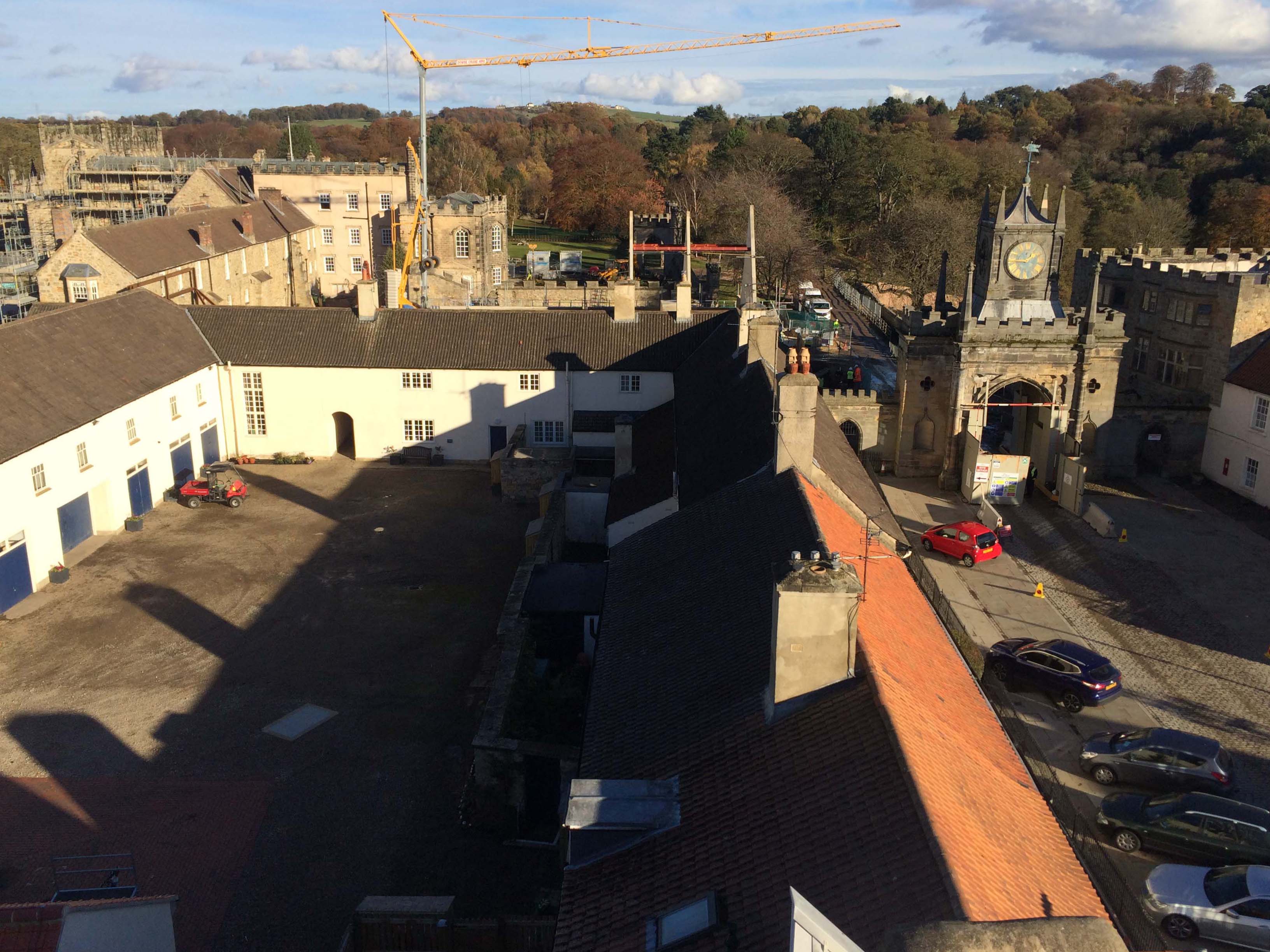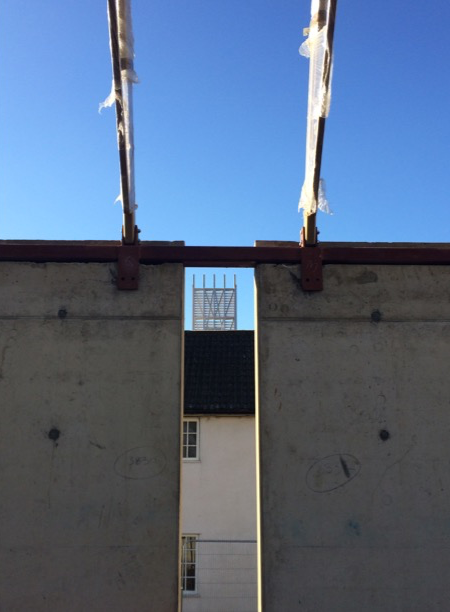ARCHITECTURE AND POETRY
MAY 2023
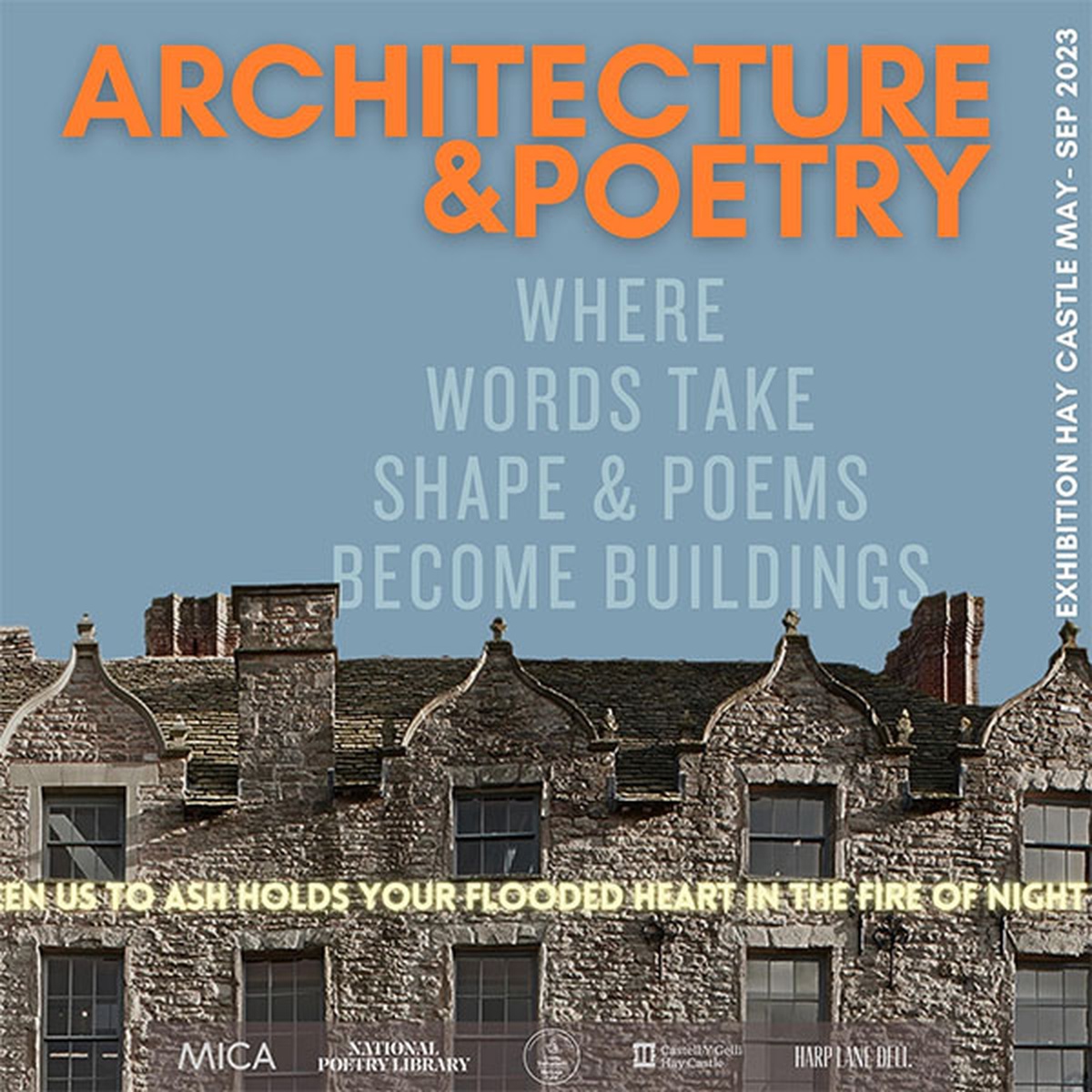
The exhibition Architecture and Poetry is on display at Hay Castle from May 26th - 3rd September. The exhibition begins on the Castle exterior with a newly commissioned light poem from poet-sculptor Robert Montgomery and culminates in Pelé Cox’s verse inscription for Eric Parry’s Building 7 at Chelsea Barracks as well as the words of bilingual poet Gwyneth Lewis for the Wales Millennium Centre at Cardiff. Alongside this, the exhibition details three architectural designs by our practice which were inspired by poems, including the International Rugby Experience at Limerick which has its origins in the poem Beowulf. These architectural exhibits are complemented by a collection of concrete poetry from the 1960s to the present including The Mouse’s Tale by Lewis Carrol. To visit the Hay Castle website click here.
Níall will be giving a lecture at Hay Castle on the 30th May talking about the links between poems and some of our projects. Please click here to find out further details.
AUCKLAND CASTLE WING EXTENSION
MAY 2019
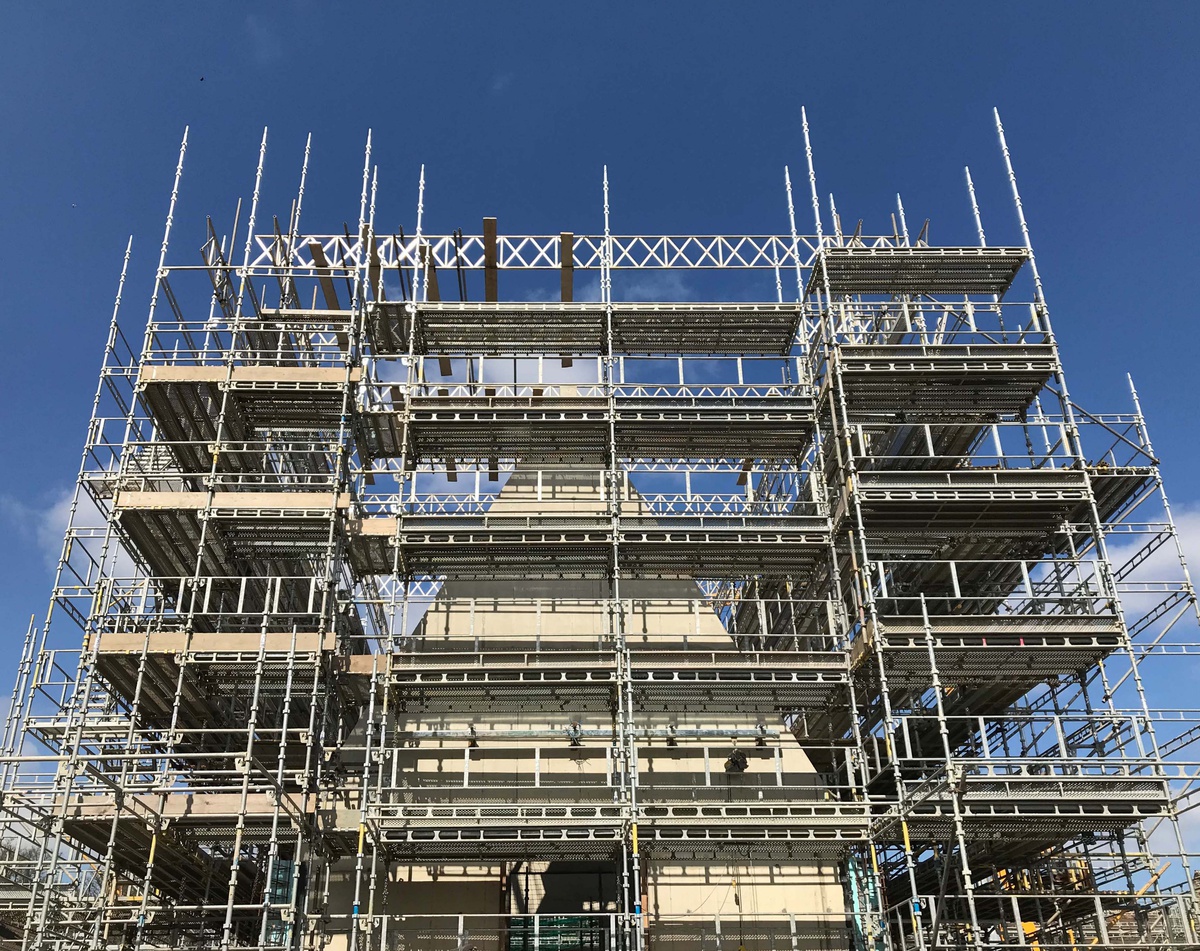
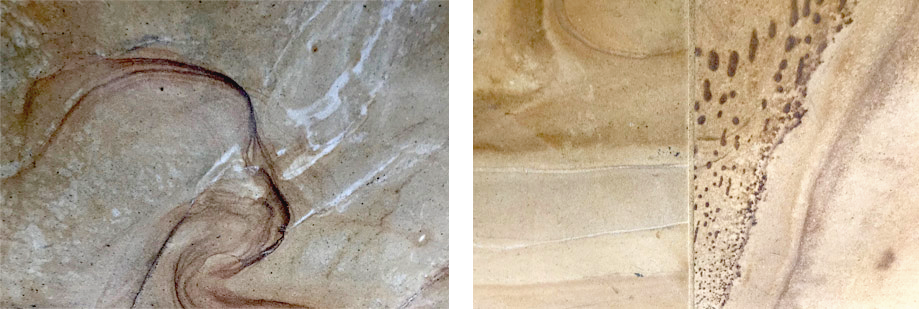
Following the completion of the Auckland Tower, the Faith Museum is our second project at Auckland Castle and is an extension to the Grade I listed Scotland Wing. Unlike its vertical sister, which wears its expressed timber structure on the outside, the Faith Museum is singular and monolithic in its appearance, forming a continuous horizontal stone edge to an enclosed courtyard. Cop Crag sandstone, local to the north-east of England, is the external treatment for the roof, walls and weatherings of the building. Far from being homogenous, the stone is alive with natural variation which ranges from delicate lacy swirls to something resembling animal markings.
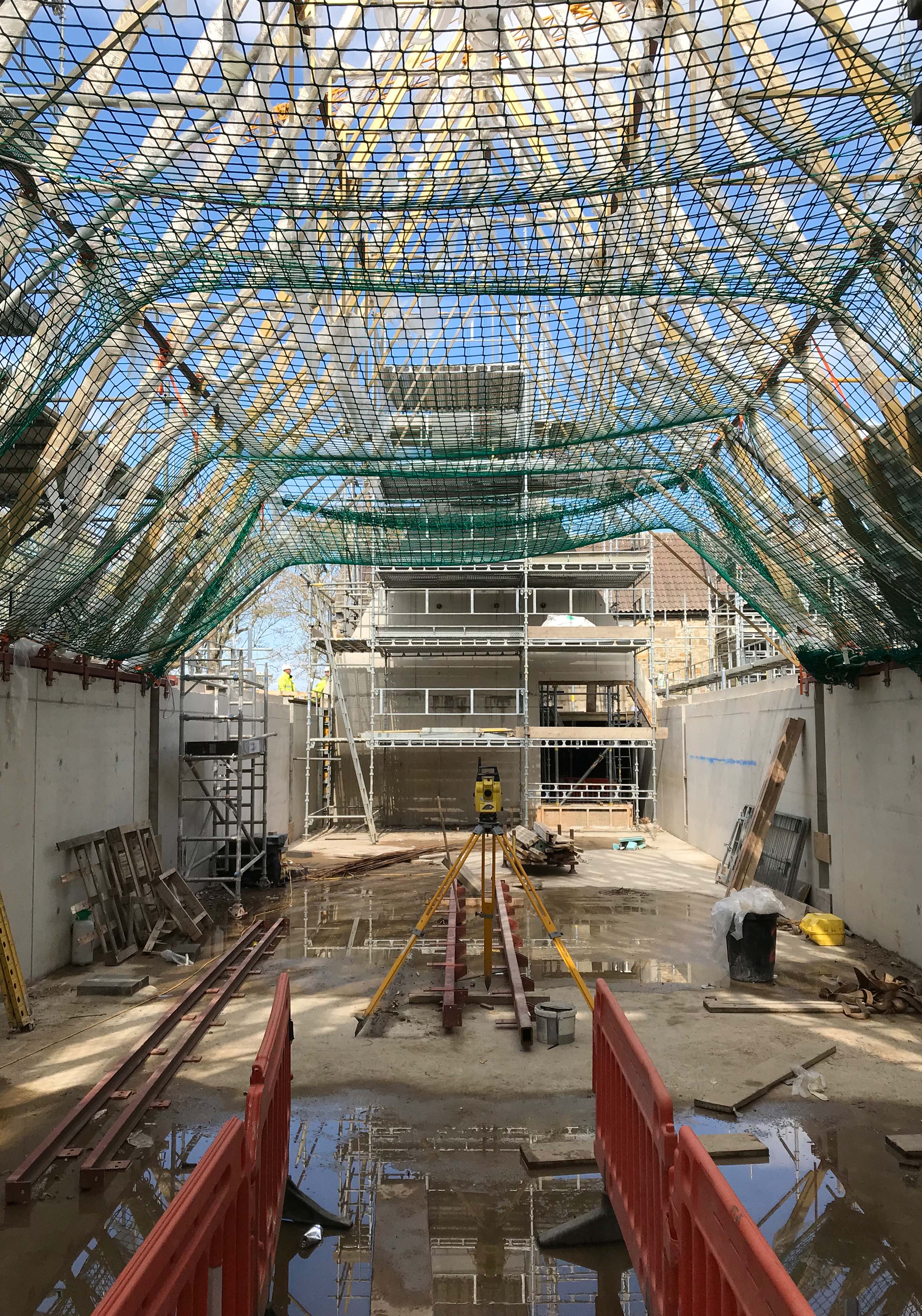
The principal internal space is a 9.5m tall gallery which follows the steeply pitching roof form, supported by a procession of closely-centred fine metal trusses. The Museum is largely inward-looking, borne of its intended purpose for contemplation and preservation of religious artefacts. This provides further enjoyable contrast and conversation between our two buildings in how they seem to view one another: the Tower’s expansive 360˚ views offering a full appreciation of the Faith Museum in its entirety as begins to take form, whilst the introspective Museum offers the only the slightest peek of its neighbour over the wall.
